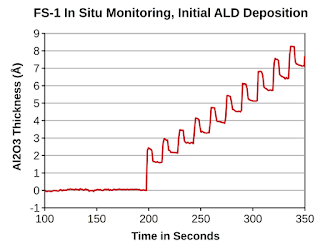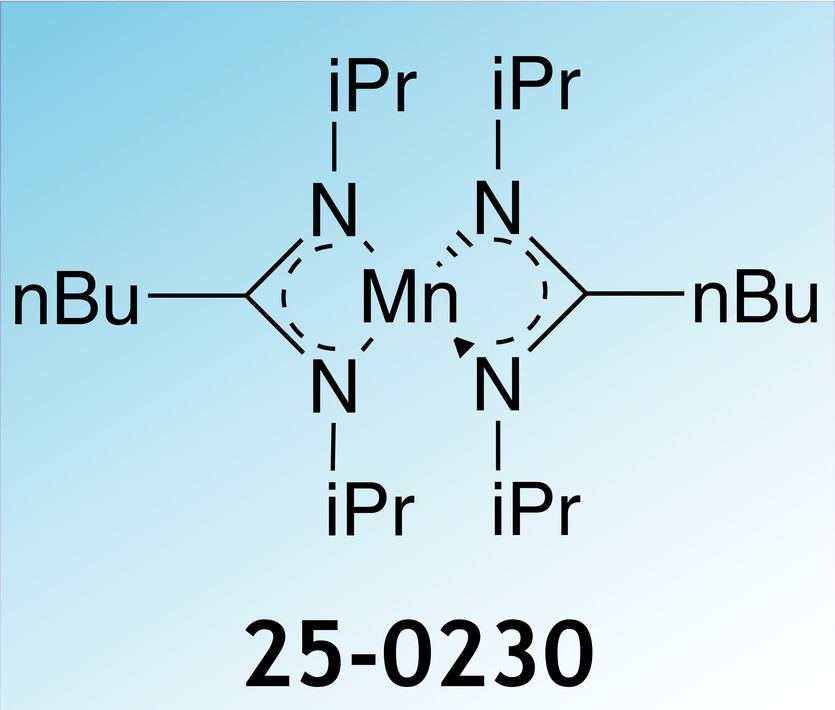Precursors for metals and dielectrics in strong demand for finFETs and 3D-NAND
San Diego, CA, July 11, 2017: TECHCET CA—the advisory service firm providing electronic materials information—today announced that specialty chemical precursor market for the deposition of dielectrics and metals in integrated circuit (IC) fabrication is forecasted to increase at ~10% CAGR through the year 2021. TECHCET’s proprietary Wafer Forecast Model (WFM) shows that 3D-NAND devices are expected to grow at a rapid pace from 2016 and become one of the top three market segments by 2020. Logic ICs will continue to evolve, from 3D finFET devices to Gate-All-Around Nano-Wires (GAA-NW), enabled by new critical materials and manufacturing processes as detailed in new reports from TECHCET, “Advanced Insulating Dielectric Precursors,” and "ALD/CVD High-k & Metal Precursors."

Precursors tracked by TECHCET for ALD/CVD of metal and high-k dielectric films on IC wafers include sources of aluminum, cobalt, hafnium, tantalum, titanium, tungsten, and zirconium. The total market for 2017 is now estimated to be US$435M, growing to US$638M in 2021. The top-2 suppliers are estimated to hold more than half of the total available market, with many players competing to supply the next enabling molecule. In particular, cobalt precursor demand is forecasted to reach >$80M in 2021 as foundries transition to below 14nm-node processing. As a potential conflict mineral, TECHCET tracks the sub-suppliers of cobalt.
“Metal precursors have had double-digit growth over an extended period of time, and we expect that to continue as the IC industry transitions to 10nm- and 7nm-node logic and 3D-NAND fabrication, with an average long term CAGR of 11% over 2013 to 2021,” says Dr. Jonas Sundqvist, lead author of the report, senior technology analyst with TECHCET and researcher with Fraunhofer IKTS. “Dielectric precursors growth today is clearly driven by dielectric PEALD deposition in multiple patterning, and by dielectric CVD in 3D-NAND.”
Precursors tracked by TECHCET for ALD/CVD/SOD of advanced dielectric films on IC wafers include multiple sources of silicon. The total market for 2017 is now estimated to be just over US$400M, growing to US$560M in 2021. Current growth over 10% is expected to slow slightly to be in the 8-10% range over 2019-2021. Anticipated near-term developments include transitions from CVD to ALD for several IC fab modules.



%20(1).png)











